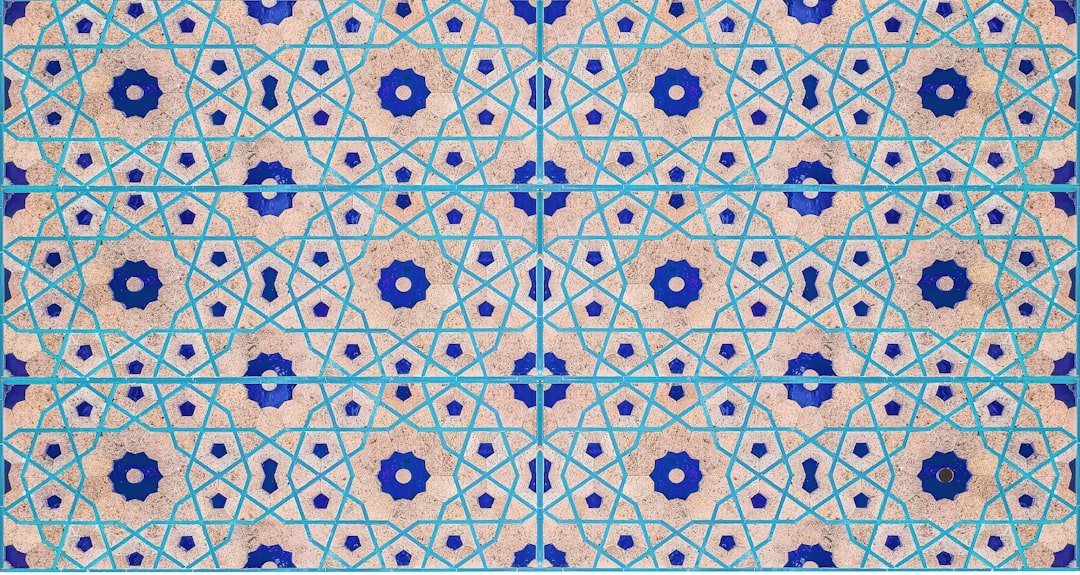
Investing in rug pads can greatly enhance the comfort and safety of your living space, especially on hardwood surfaces. These underlays offer essential protection and stability to keep rugs securely in position, reducing the risk of slips and accidents. Options range from simple anti-slip designs to those providing extra cushioning, allowing you to select based on your specific needs.
Pure Materials
An ideal rug underlay should feel soft and be crafted from sustainable, environmentally conscious options. Prioritizing these choices ensures safety for your household and home environment, making it wise to opt for organic alternatives over synthetic ones. Consider how this aligns with other eco-friendly elements in your decor for a cohesive approach.
Opting for natural fibers in rug pads also benefits your floors by offering superior longevity. Materials like wool or upcycled felt stand out for their resilience; for instance, 100% recycled felt not only endures wear but also reduces landfill waste by repurposing materials. Its lightweight nature makes it simple to customize and fit precisely to your rug’s dimensions.
Non-Skid
Anti-slip rug underlays extend the durability of your flooring pieces while fostering a more secure setting for daily activities. Finding the right balance of quality and cost can be challenging, so exploring key guidelines can guide your decision. To infuse personality into your space, experiment with subtle hues that complement the room’s aesthetic, such as a neutral tone for dining areas or corridors to achieve a polished look.
Before purchasing, determine the appropriate dimensions for your setup, as some underlays are tailored for larger expanses while others suit compact spaces. Matching the underlay size to your rug ensures optimal coverage and effectiveness.
Durability
The composition of a rug underlay plays a crucial role in maintaining its stability underfoot. Lighter rugs in high-traffic zones demand robust options to withstand constant use; for example, selecting a pure rubber version can provide reliable grip without compromising integrity. Steering clear of PVC alternatives is advisable, as they may leave unwanted marks on surfaces over time.
Underlays come in various forms and sizes, with some easily adjustable for irregular shapes. Polyester-based options often offer straightforward maintenance, and certain designs are versatile enough to flip for dual-sided use on different floor types. Not every surface pairs well with underlays, so careful selection is key.
In general, combinations of felt and rubber prove versatile for most scenarios. For areas with heavy footfall, an all-rubber underlay might be the best choice to handle the demands. Alternatively, if the spot involves low clearance or moisture exposure, a mesh style could work, though it provides less cushioning and may accelerate rug wear. Keep in mind that many rubber-mesh varieties include additives that could result in residue buildup.
Airflow
Rug underlays help anchor area rugs firmly in place, which is particularly useful on smooth floors prone to shifting. Securing the underlay with adhesive strips adds an extra layer of stability, while textured surfaces trap dust and promote ventilation through the fibers. This airflow not only aids in routine upkeep but also extends the rug’s lifespan by preventing buildup.
Additionally, these underlays inhibit the growth of harmful microbes, enhancing vacuum efficiency and keeping your rug fresh between deep cleans. By warding off mold and bacteria underneath, they contribute to better indoor air quality, making your home healthier overall.
Placement
When setting up a new rug, start by positioning a slip-resistant underlay directly beneath it for proper alignment. For wooden floors, a rubber-based option provides strong adhesion, whereas felt varieties are more suitable for carpeted areas to avoid damage.
Once in place, give the underlay a quick vacuum to eliminate any creases, and make this a biannual habit for maintenance. Accurate measurements are essential beforehand, similar to how you would assess bedding dimensions, ensuring everything fits in precise inches for a seamless result.
Natural rubber underlays won’t discolor your floors and often incorporate recycled synthetic elements for added sustainability. They work well on hard surfaces like tile or laminate, but for extra grip on tough terrains, a polyvinyl option offers a slim profile that maintains the rug’s original feel without added thickness.
Conclusion
Incorporating a rug underlay can transform the overall experience of your flooring, providing added comfort and resilience while minimizing noise. With a wide array of materials available, choices should reflect the specific requirements of your space, ultimately leading to a more functional and inviting environment.




